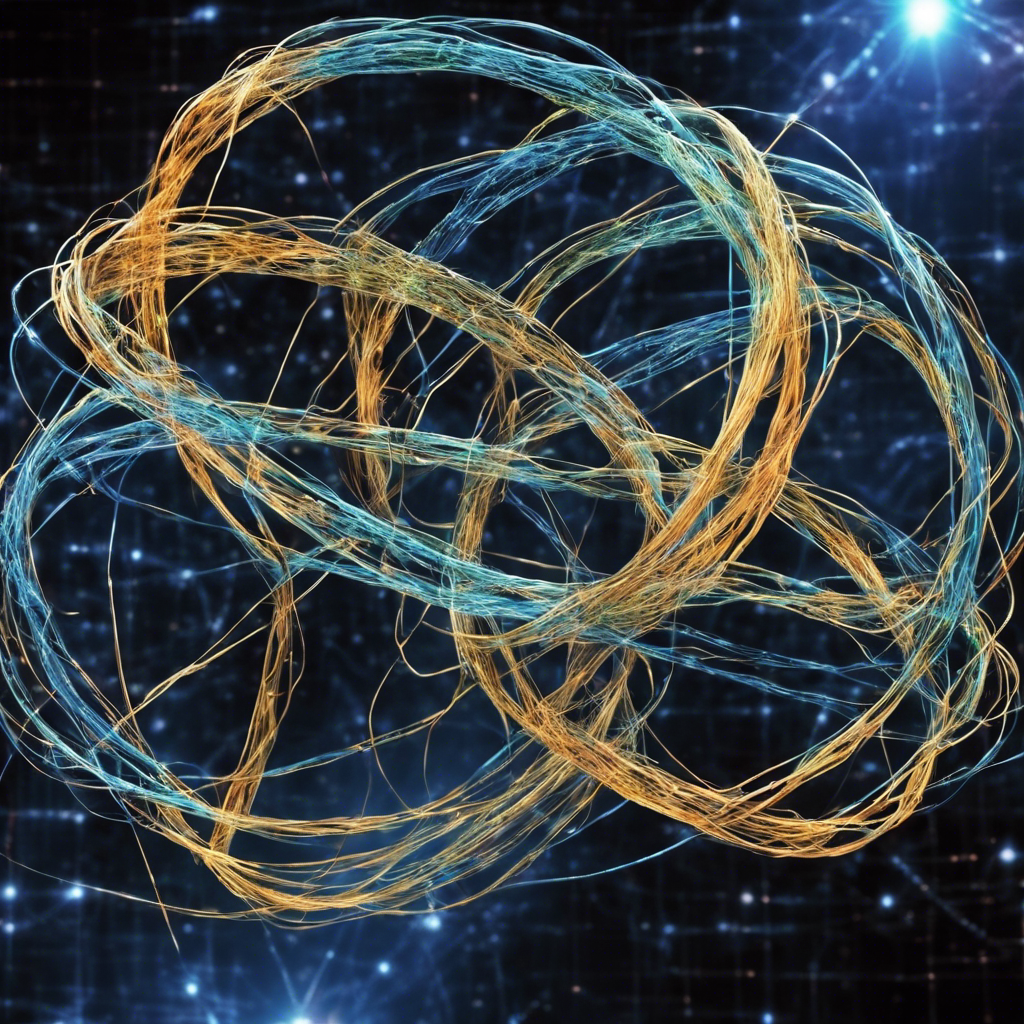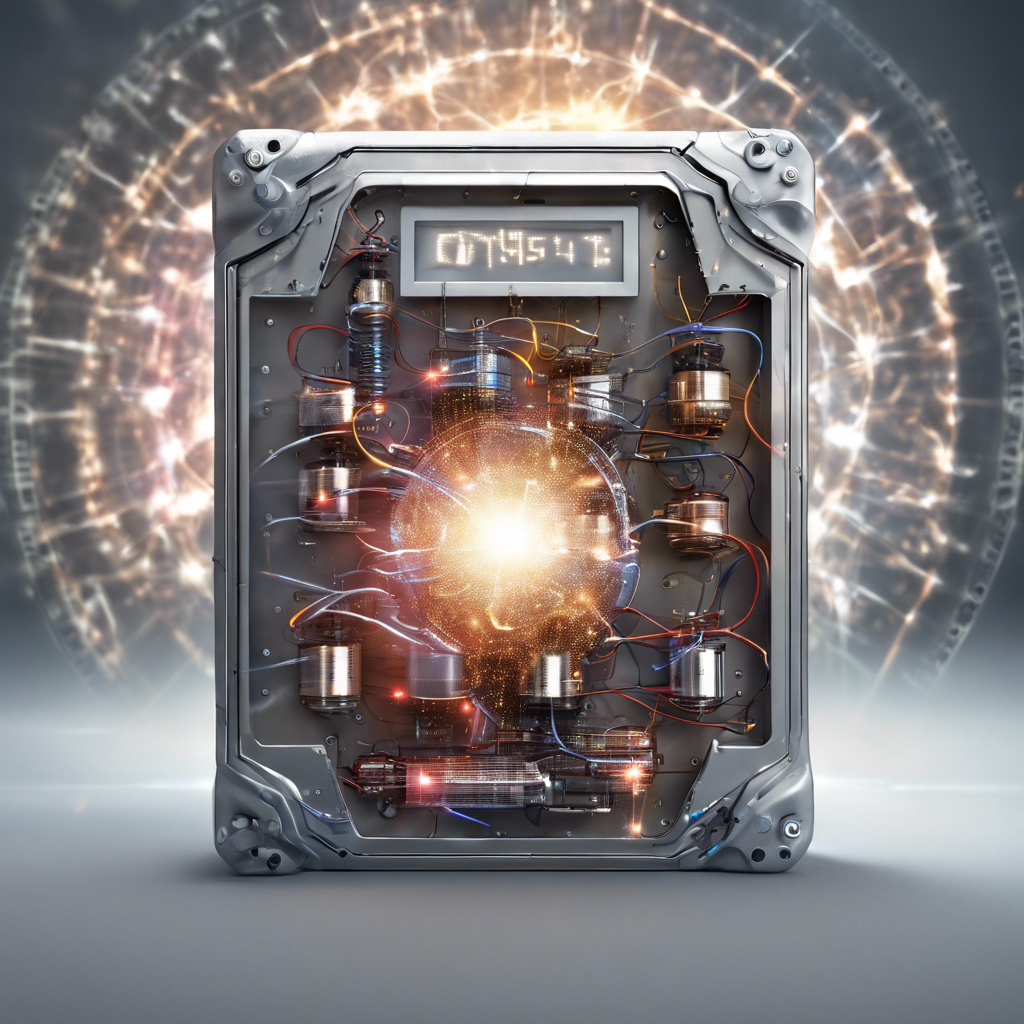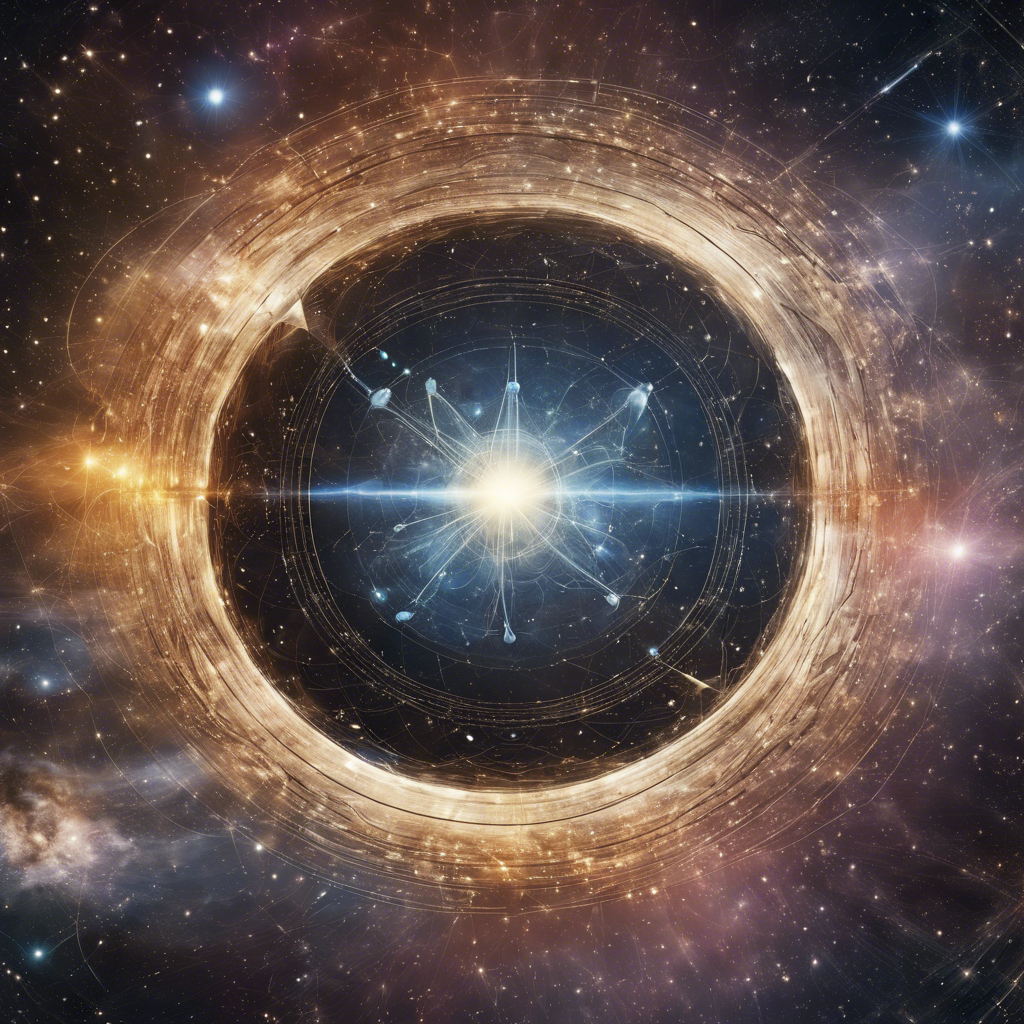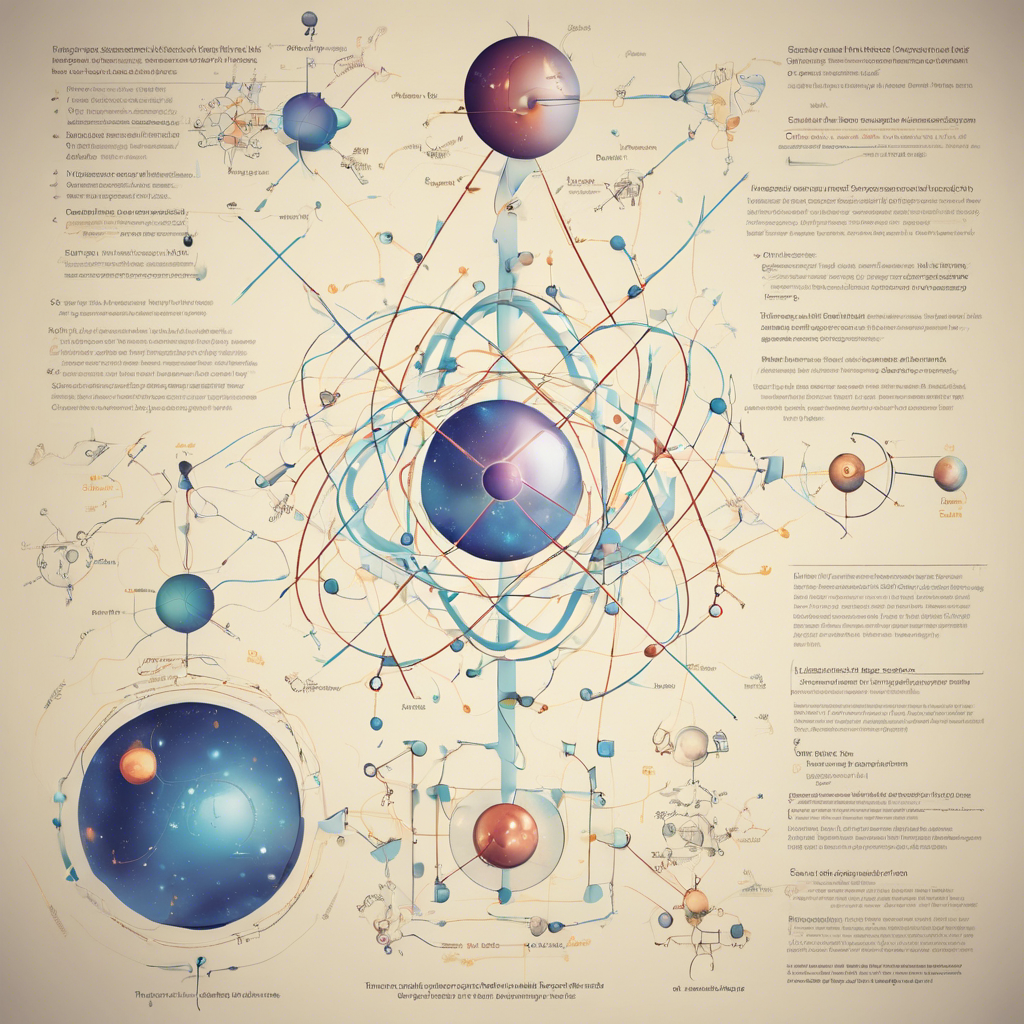Researchers at KAIST Develop a Method to Certify and Recover Quantum Entanglement
Certifying and verifying quantum entanglement has long been a challenge for physicists. Traditional entanglement certification strategies often destroy the very entanglement they seek to verify, making it difficult to use the system again without trusting the source to reliably produce the same state. However, a team of physicists led by Hyeon-Jin Kim from the Korea Advanced Institute of Science and Technology (KAIST) has recently developed a groundbreaking method that allows for the recovery of certified quantum entanglement. By refining conventional entanglement certification strategies and incorporating weak measurements, the team has found a way to preserve the initial entanglement while certifying it, opening up new possibilities for quantum communication and computation.
A Mysterious State with a Precise Definition:
Entanglement, a fundamental concept in quantum mechanics, refers to the phenomenon where two or more quantum systems become intricately connected, regardless of the distance between them. In an entangled system, the subsystems cannot be considered independent entities, and the whole is greater than the sum of its parts. Quantum entanglement plays a crucial role in various fields, including quantum communication and computation. However, verifying entanglement has always been a challenge.
Conventional Entanglement Certification Strategies:
Traditionally, there are three strategies for entanglement certification: witnessing, steering, and Bell nonlocality. In the witnessing strategy, both devices making measurements on each subsystem are trusted. In the steering strategy, one device is fully trusted, while the other is not. The Bell nonlocality strategy applies when none of the devices are trusted. Each strategy is associated with specific inequalities that, if violated, certify the presence of entanglement. However, these conventional strategies destroy the entanglement in the process, requiring the system to be prepared again if it is to be used.
The Key to Recovery: Weak Measurement:
The breakthrough by the KAIST team lies in the use of weak measurement, a process that probes a quantum system without sharply disturbing its subsystems. Unlike projective measurements, which completely destroy entanglement, weak measurements preserve the entanglement at the cost of extracting less information. By introducing a control parameter for the strength of measurement on each subsystem and re-deriving the certifying inequality, the team was able to incorporate weak measurements into the certification process.
Recovering Entanglement Post Certification:
To recover the initial entanglement post certification, the team iteratively prepared the qubit system in the state to be certified and performed weak measurements on the subsystems. After collecting statistics and checking for the violation of the certification inequality, they implemented further suitable weak measurements on the same subsystems to recover the initial entangled state with some probability. This process, known as reversibility, allows for the recovery of certified entanglement.
Lifting the Trust Assumption:
The KAIST team demonstrated their theoretical proposal on a photonic setup called a Sagnac interferometer. They found that as the measurement strength increases, the reversibility decreases, and the degree of entanglement decreases as well. However, there exists a measurement strength “sweet spot” where the certification levels remain high without significant loss of entanglement. This finding challenges the assumption that the entanglement source must be trusted to prepare the same state consistently.
Practical Applications and Future Implications:
The ability to recover certified quantum entanglement has significant implications for quantum communication, quantum computation, and experiments involving Bell nonlocality. By eliminating the need to trust the entanglement source completely, researchers can now work with imperfect sources and filter out useful entanglement. This breakthrough opens up new possibilities for the practical implementation of quantum technologies and paves the way for more advanced experiments in the field of quantum mechanics.
Conclusion:
The recent development by the KAIST team in entanglement certification and recovery represents a significant milestone in the field of quantum mechanics. By refining conventional strategies and incorporating weak measurements, the team has overcome the challenge of destroying entanglement during certification. This breakthrough not only allows for the recovery of certified quantum entanglement but also eliminates the need for complete trust in the entanglement source. As quantum technologies continue to advance, this discovery will undoubtedly play a crucial role in the practical implementation of quantum communication and computation systems.











